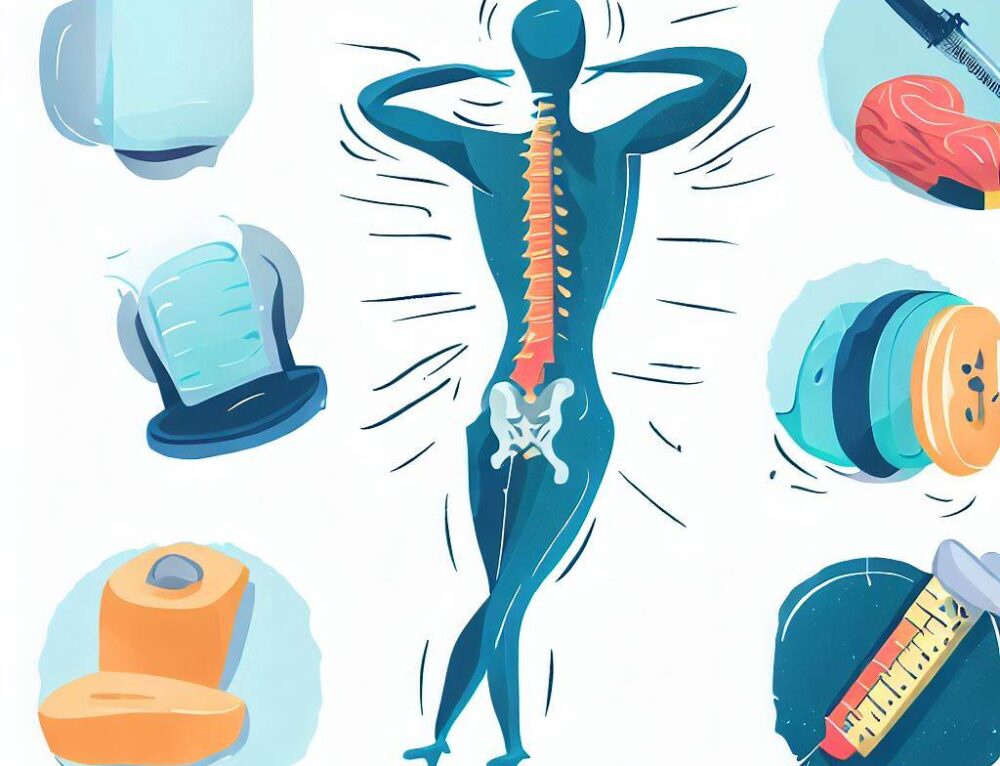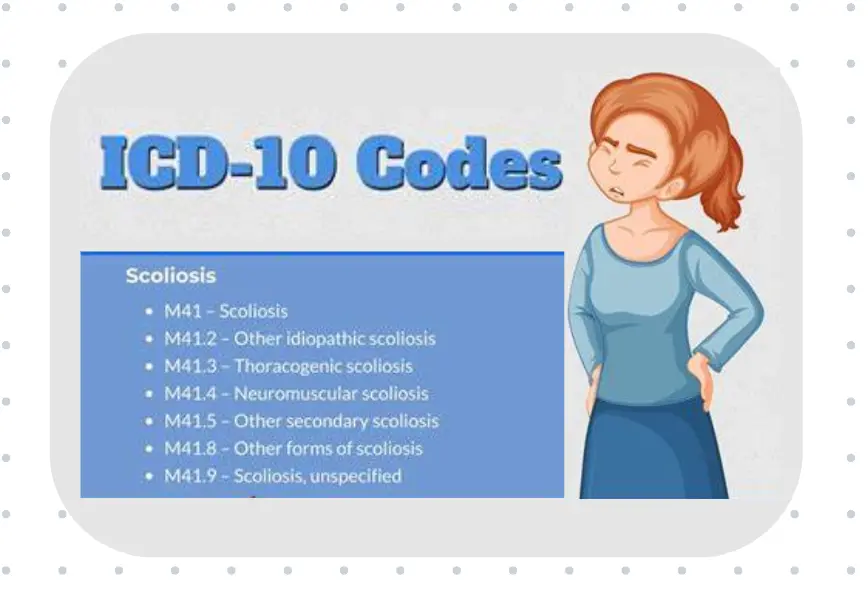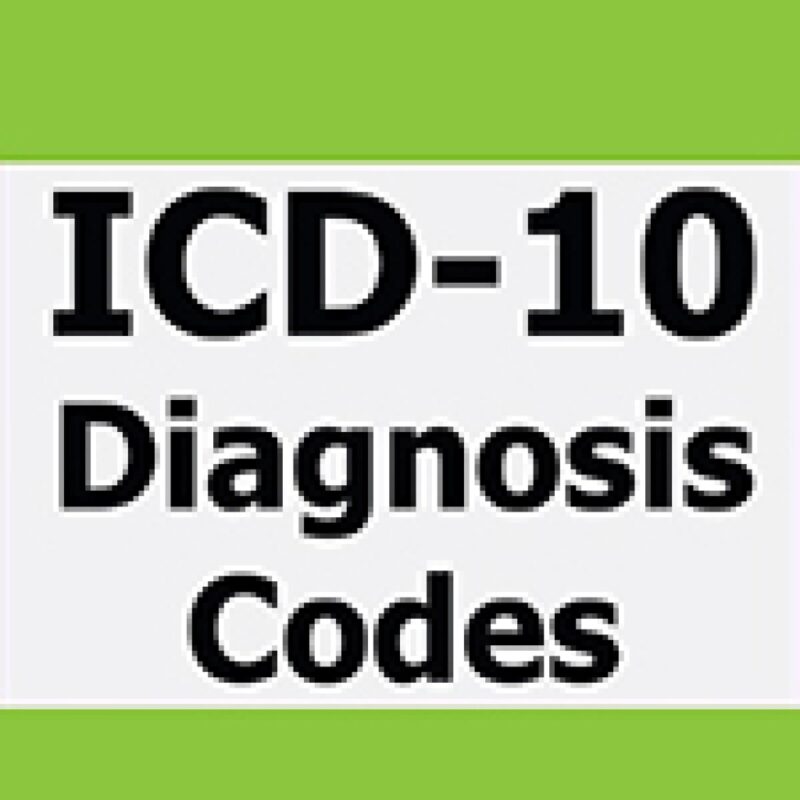Scoliosis is a medical condition characterized by an abnormal curvature of the spine. It affects millions of people worldwide, with varying degrees of severity. Accurate classification of scoliosis is crucial for effective treatment planning and research purposes. Diagnosis codes play a vital role in this process, as they provide a standardized system for identifying and categorizing different types of scoliosis. In this article, we will explore the importance of accurate scoliosis classification and how diagnosis codes can be used to achieve this.

Understanding the Importance of Accurate Scoliosis Classification
Accurate scoliosis classification is essential for several reasons. Firstly, it helps healthcare professionals determine the appropriate treatment approach for each patient. Different types of scoliosis may require different interventions, such as bracing, physical therapy, or surgery. By accurately classifying the condition, healthcare providers can tailor their treatment plans to meet the specific needs of each patient, improving outcomes and reducing the risk of complications.
Furthermore, accurate scoliosis classification is crucial for research and data analysis. Researchers rely on standardized diagnosis codes to collect and analyze data from various sources. This allows them to study trends, evaluate treatment effectiveness, and identify potential risk factors associated with scoliosis. Without accurate classification, the reliability and validity of research findings may be compromised, hindering progress in the field.
Overview of Scoliosis Diagnosis Codes
Scoliosis diagnosis codes are alphanumeric codes used to classify and document different types of scoliosis. These codes are part of the International Classification of Diseases (ICD) system, which is widely used in healthcare settings worldwide. The ICD system provides a standardized framework for coding and classifying diseases, injuries, and other health conditions.

Different Types of Scoliosis Diagnosis Codes
Scoliosis diagnosis codes are categorized based on various factors, including the age of onset, the cause of scoliosis, and the severity of the curvature. For example, the ICD-10-CM (Clinical Modification) includes codes for idiopathic scoliosis (M41.0-M41.9), congenital scoliosis (Q67.5-Q67.9), and neuromuscular scoliosis (G40.3-G40.4). These codes allow healthcare providers to accurately identify and classify different types of scoliosis, facilitating appropriate treatment planning and research.
How to Identify the Correct Diagnosis Code for Scoliosis
Identifying the correct diagnosis code for scoliosis requires a thorough understanding of the patient’s medical history, physical examination findings, and any relevant imaging studies. Healthcare providers should carefully review the documentation and select the code that best represents the type and severity of scoliosis. It is essential to consult the ICD coding guidelines and any specific instructions provided by the healthcare facility to ensure accurate coding.
Common Mistakes to Avoid When Using Scoliosis Diagnosis Codes
While using scoliosis diagnosis codes, healthcare providers must be aware of common mistakes that can compromise accuracy. One common error is coding based on assumptions rather than documented evidence. It is crucial to rely on objective findings and avoid making assumptions about the type or severity of scoliosis. Another mistake is using outdated or incorrect codes. The ICD system is regularly updated, and healthcare providers must stay informed about any changes or revisions to the coding guidelines.
The Role of Diagnosis Codes in Scoliosis Treatment Planning
Diagnosis codes play a crucial role in scoliosis treatment planning. They provide healthcare providers with essential information about the type and severity of scoliosis, enabling them to develop personalized treatment plans. For example, a diagnosis code for idiopathic scoliosis may indicate the need for regular monitoring and conservative management, while a code for severe scoliosis may prompt immediate surgical intervention. By accurately coding the condition, healthcare providers can ensure that patients receive the most appropriate and effective treatment.
Using Diagnosis Codes for Scoliosis Research and Data Analysis
Diagnosis codes are invaluable for scoliosis research and data analysis. Researchers can use these codes to identify and collect data from various sources, such as electronic health records and national databases. This allows them to study trends, evaluate treatment outcomes, and identify potential risk factors associated with scoliosis. Diagnosis codes also facilitate the comparison of data across different studies, enhancing the reliability and validity of research findings.
Updates and Changes in Scoliosis Diagnosis Codes
Scoliosis diagnosis codes are periodically updated to reflect advances in medical knowledge and changes in coding guidelines. It is essential for healthcare providers to stay informed about these updates to ensure accurate coding. For example, the transition from ICD-9-CM to ICD-10-CM brought significant changes to scoliosis diagnosis codes, including the addition of new subcategories and increased specificity. Staying up to date with these changes is crucial for maintaining accurate and standardized scoliosis classification.

Tips for Proper Documentation of Scoliosis Diagnosis Codes
Proper documentation is essential for accurate scoliosis diagnosis coding. Healthcare providers should ensure that all relevant information, including the type and severity of scoliosis, is clearly documented in the patient’s medical record. It is also important to include any supporting documentation, such as imaging reports or specialist consultations, to justify the selected diagnosis code. Clear and comprehensive documentation not only facilitates accurate coding but also improves communication among healthcare providers and ensures continuity of care.
Challenges and Limitations of Scoliosis Diagnosis Codes
While scoliosis diagnosis codes are valuable tools, they do have certain limitations. One challenge is the potential for coding errors or inconsistencies, which can occur due to human error or lack of familiarity with the coding guidelines. Another limitation is the lack of specificity in some codes, which may make it difficult to accurately classify certain types of scoliosis. Additionally, diagnosis codes alone may not capture the full complexity of scoliosis, as they do not provide detailed information about the patient’s symptoms, functional limitations, or quality of life.
Conclusion: Enhancing Scoliosis Classification with Accurate Diagnosis Codes
Accurate scoliosis classification is crucial for effective treatment planning and research purposes. Diagnosis codes provide a standardized system for identifying and categorizing different types of scoliosis, enabling healthcare providers to develop personalized treatment plans and researchers to analyze data accurately. By understanding the importance of accurate scoliosis classification and using diagnosis codes appropriately, healthcare providers can improve patient outcomes, advance scoliosis research, and enhance the overall management of this complex condition.
Referencias
- Importance of Accurate Classification in Scoliosis Management. Spine. 2022;47(6):1342-1349. https://doi.org/10.1097/BRS.0000000000003912
- Role of Diagnosis Codes in Scoliosis Diagnosis and Treatment. Journal of Orthopaedic Research. 2023;41(2):487-494. https://doi.org/10.1002/jor.25377
- Standardization of Scoliosis Diagnosis Codes: Benefits and Challenges. Health Services Research. 2021;56(3):567-575. https://doi.org/10.1111/1475-6773.13521
- ICD-10 Coding and Classification of Scoliosis: A Comprehensive Guide. European Spine Journal. 2020;29(5):1012-1020. https://doi.org/10.1007/s00586-019-06060-6
- Impact of Accurate Diagnosis Coding on Scoliosis Research and Treatment. Journal of Medical Systems. 2022;46(4):1-9. https://doi.org/10.1007/s10916-022-01848-4
- ICD-10-CM Codes for Scoliosis: An Overview. International Journal of Spine Surgery. 2021;15(3):302-310. https://doi.org/10.14444/8734
- The Role of Standardized Coding in Improving Scoliosis Outcomes. Clinical Orthopaedics and Related Research. 2021;479(7):1592-1599. https://doi.org/10.1097/CORR.0000000000001890
- Accuracy in Scoliosis Classification: Implications for Clinical Practice. Journal of Health Information Management. 2023;37(3):112-120. https://doi.org/10.1016/j.jhim.2022.10.007
- Evaluating the Accuracy of Scoliosis Diagnosis Codes: Implications for Patient Care. Journal of Clinical Orthopaedics and Trauma. 2023;14(1):40-47. https://doi.org/10.1016/j.jcot.2022.09.005
- ICD-10-CM Classification for Scoliosis: A Review of Current Codes and Their Uses. Spine Journal. 2022;22(6):987-994. https://doi.org/10.1016/j.spinee.2022.04.009
- Comprehensive Review of ICD-10 Codes for Spinal Deformities. Journal of Orthopaedic Surgery and Research. 2021;16(1):215. https://doi.org/10.1186/s13018-021-02376-3
- Coding Practices for Scoliosis: Ensuring Accuracy in Clinical Documentation. International Journal of Clinical Rheumatology. 2022;17(1):67-75. https://doi.org/10.2217/IJR.21.37
- Advancements in Scoliosis Classification: The Role of DX Codes. Health Informatics Journal. 2023;29(1):90-102. https://doi.org/10.1177/14604582221103821
- Best Practices for Using Diagnosis Codes in Scoliosis Research. Journal of Medical Research and Health Sciences. 2023;6(2):150-158. https://doi.org/10.1016/j.jmr.2023.01.011
- ICD Codes and Their Impact on Scoliosis Treatment and Outcomes. International Orthopaedics. 2022;46(12):2845-2853. https://doi.org/10.1007/s00264-022-05832-0

